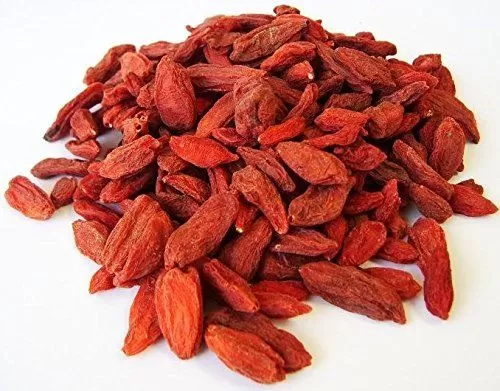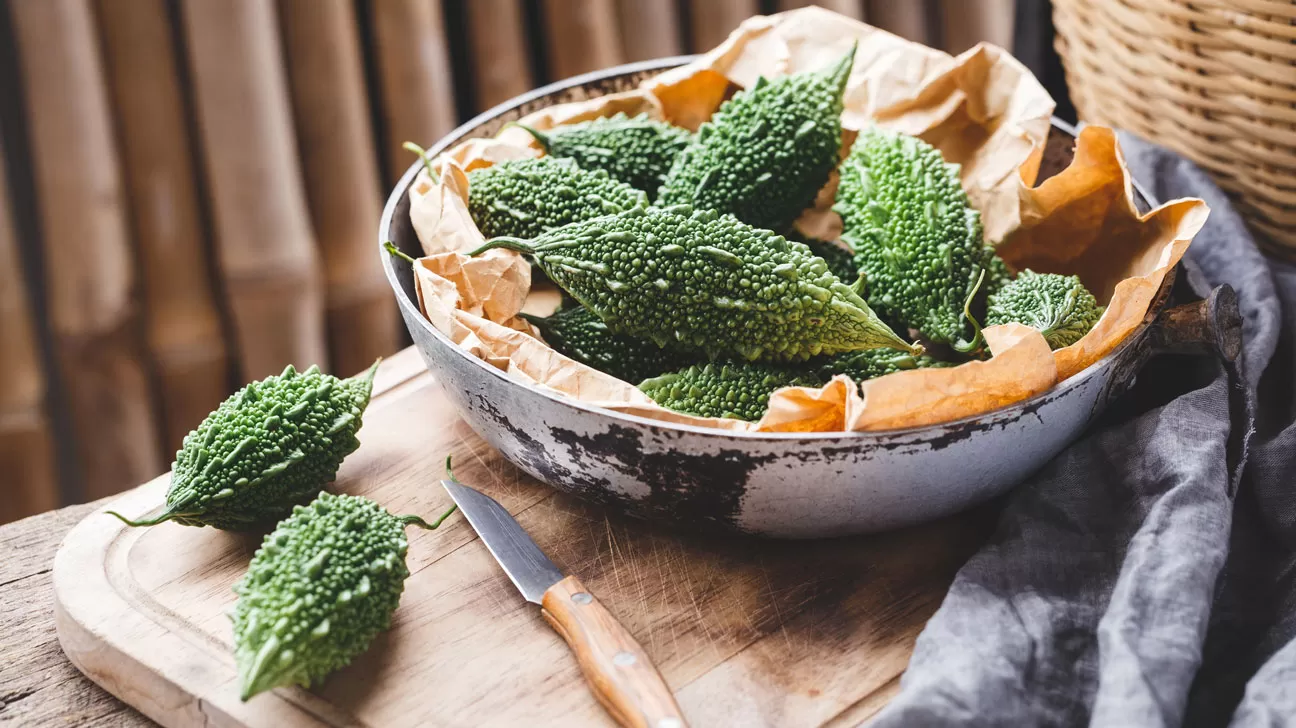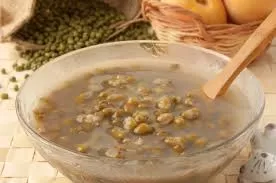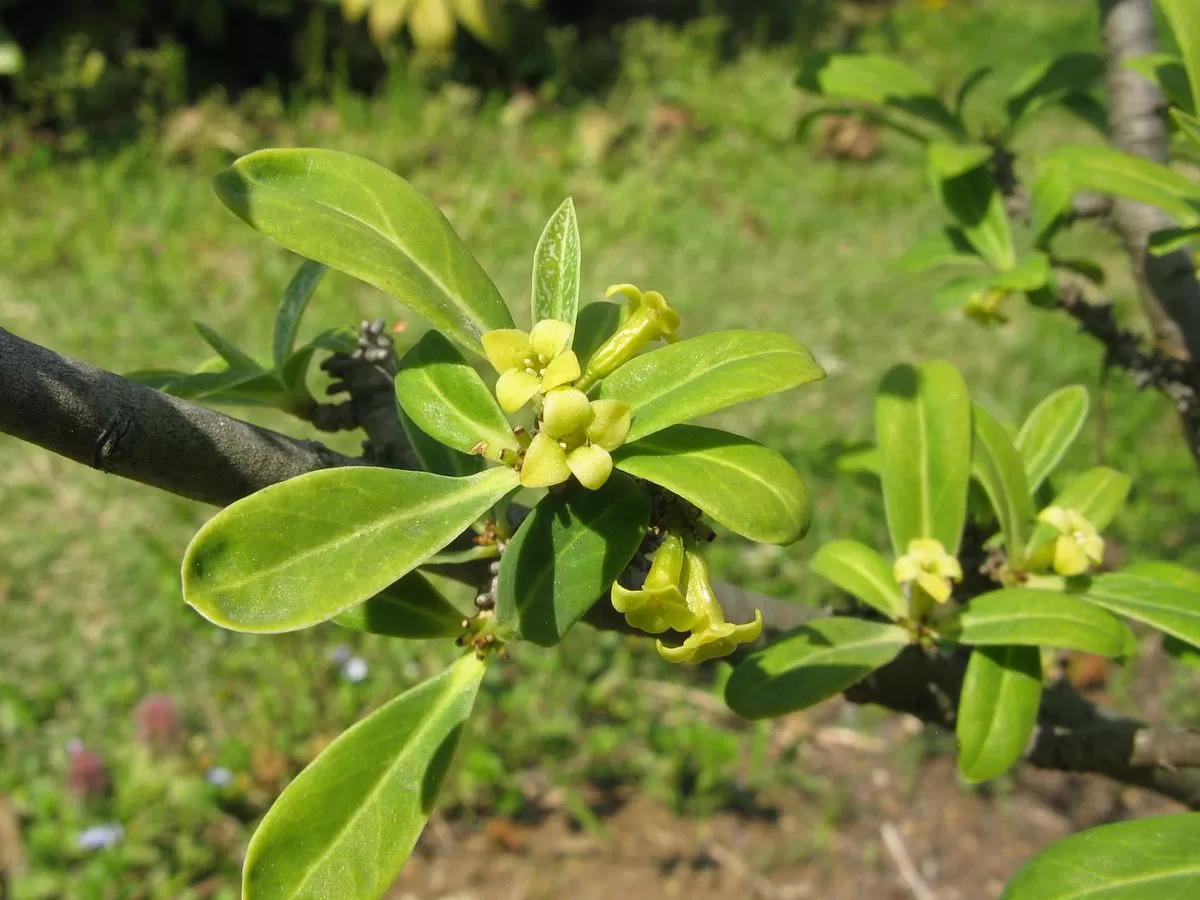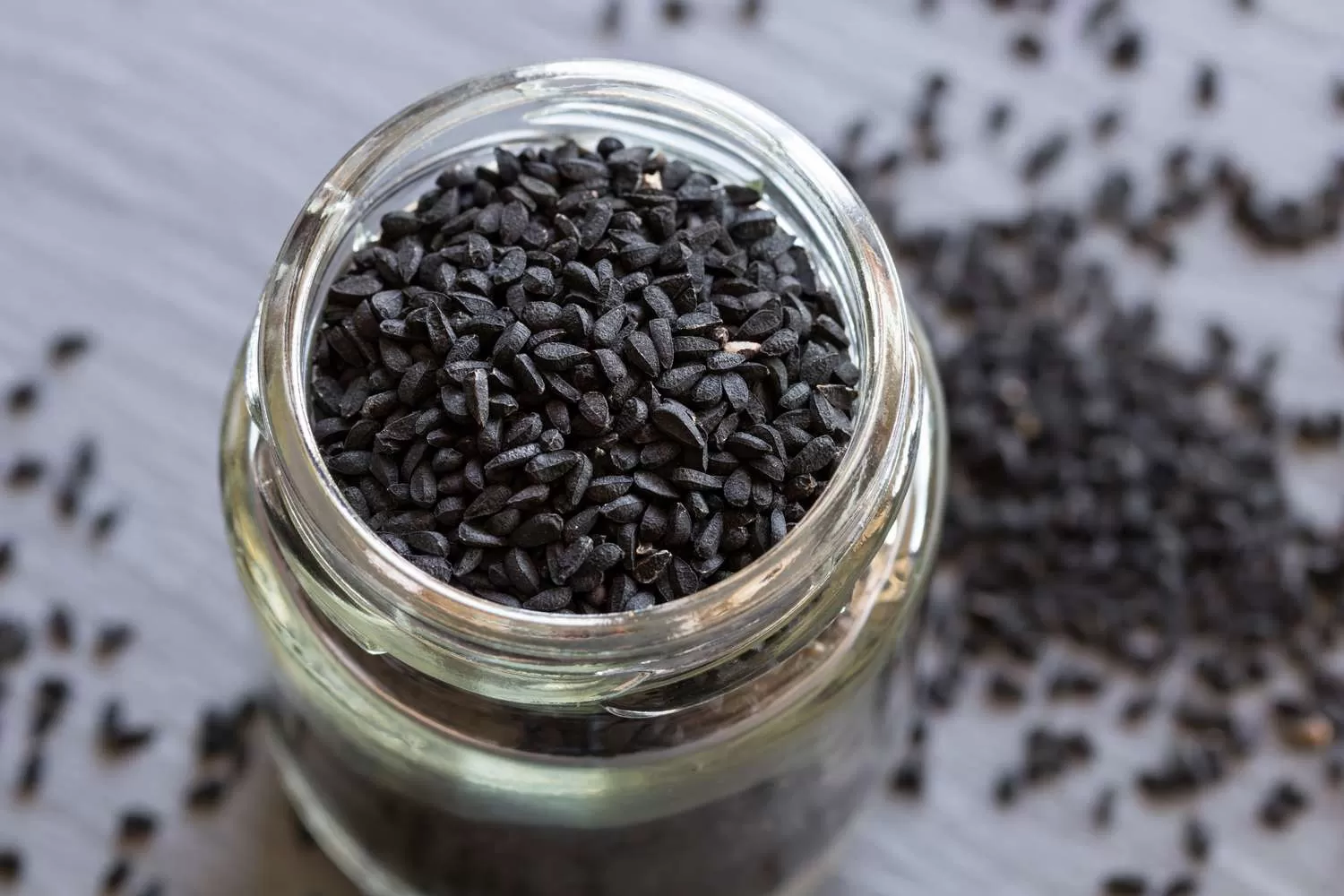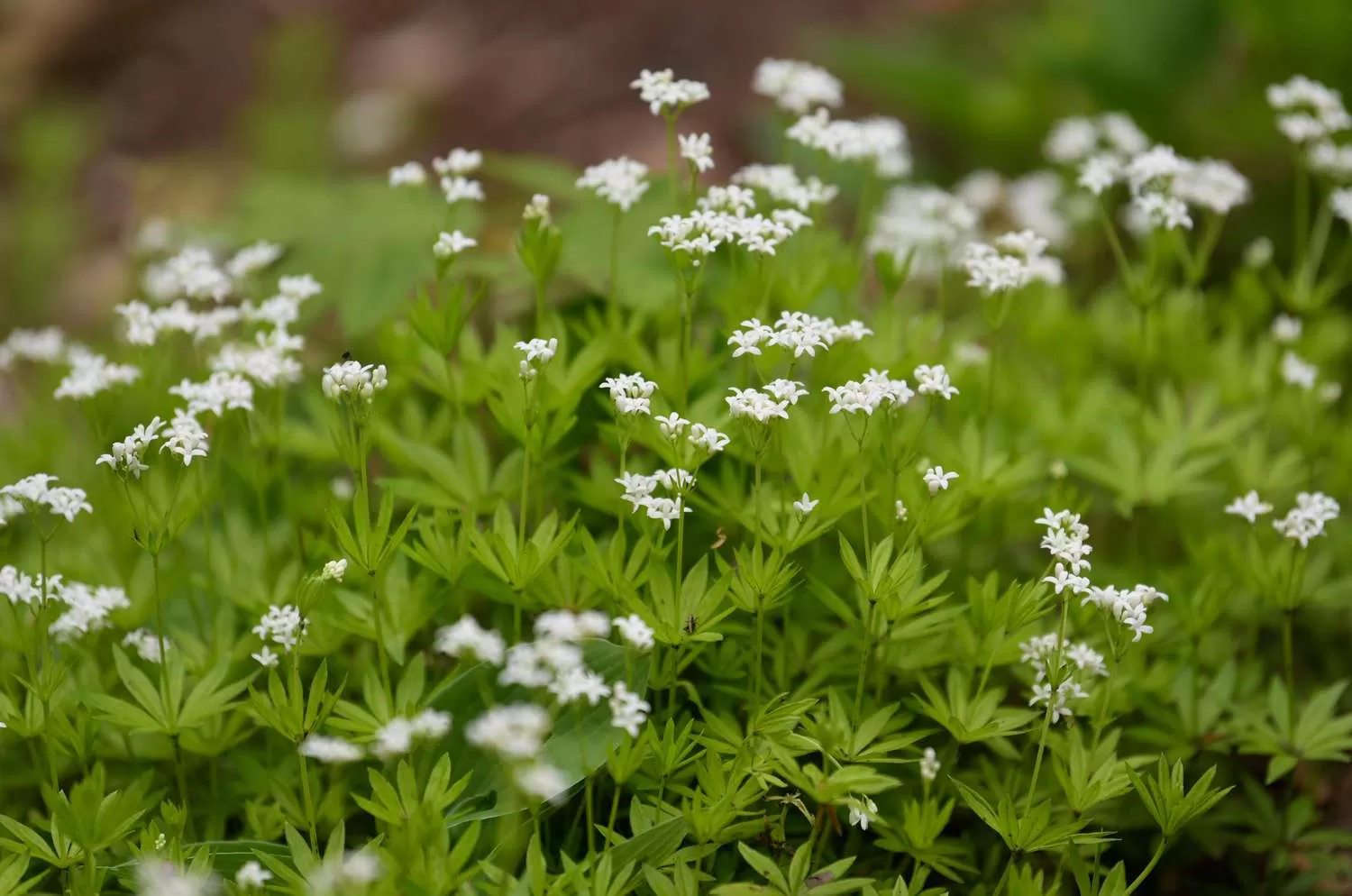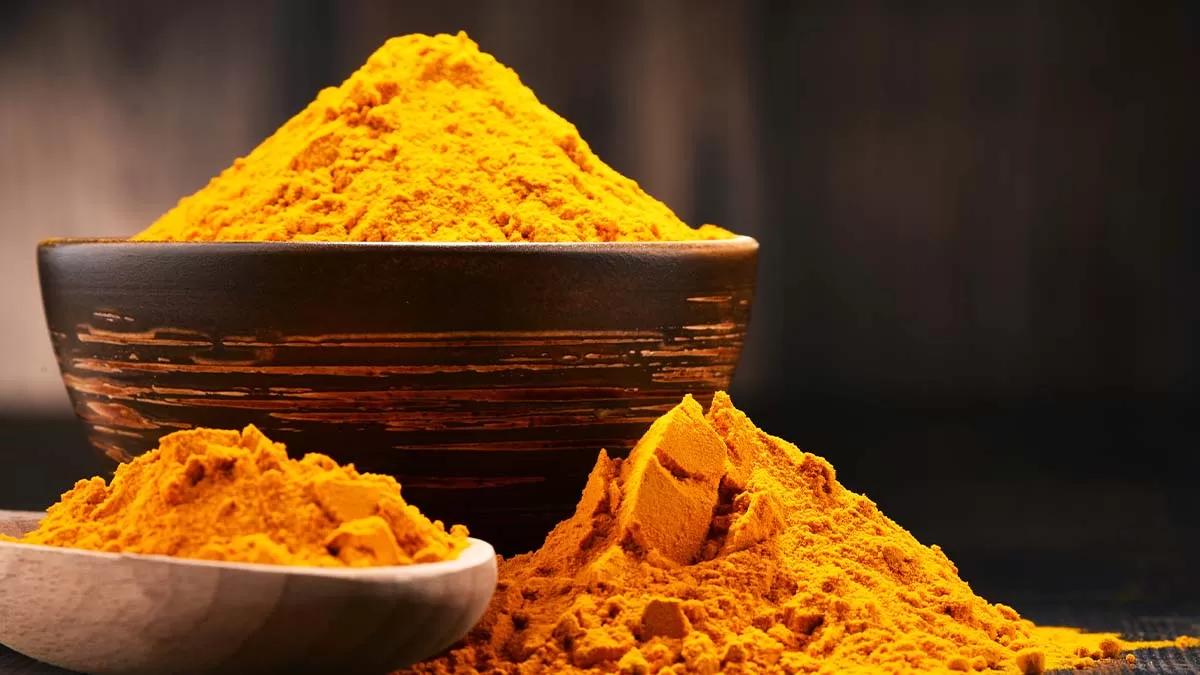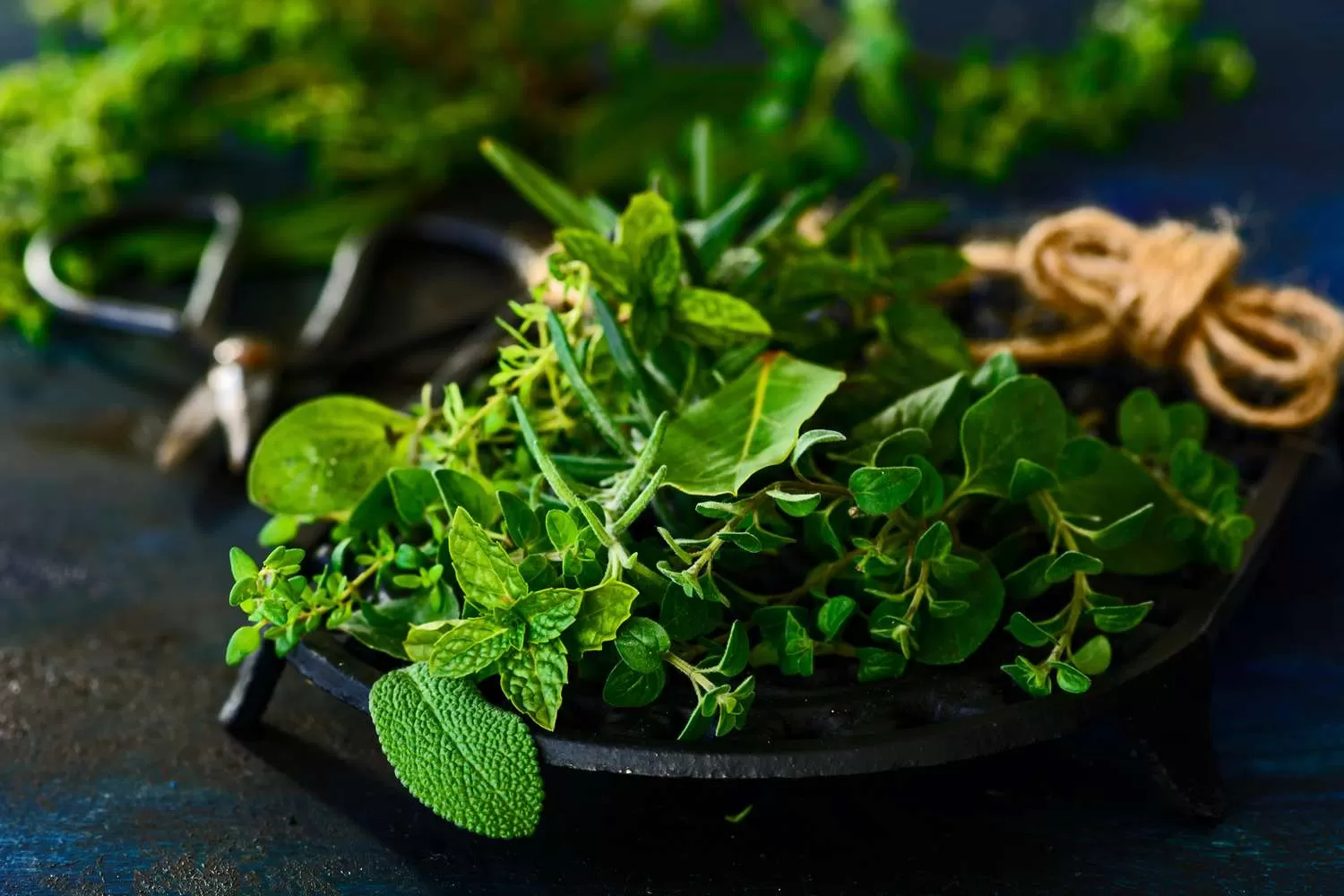- 0086-571-85302990
- sales@greenskybio.com
Protecting Ancient Wisdom: Muara Jambi’s Medicinal Plants Face Modern Threats
2025-03-21
MUARA JAMBI, Indonesia — For generations, the people of Muara Jambi have relied on the healing power of medicinal plants. In this village by the Batang Hari River, traditional healer Siti Hawa cultivates a diverse botanical garden, using plants like those with grass-like stems and white flowers to treat ailments from fevers to cancer. This ancient practice is rooted in local culture, with nearly every household growing medicinal plants as their primary source of healthcare.
However, the burgeoning threat to this heritage is dual-faceted: environmental degradation from industrial expansion and the potential impact of national restoration efforts. Sumatra, home to Indonesia’s Jambi province, faces significant biodiversity loss due to oil palm cultivation and coal mining, which has decimated rainforests vital to sustaining the region's diverse flora.
Muara Jambi is also historically significant for its ancient temples, thought to be remnants of a major Buddhist educational center. President Joko Widodo’s announcement of temple restoration has stirred concerns about its effects on critical plant habitats around the archaeological sites. Among these are medicinal trees like the kapung and sungkai, used by locals to treat various illnesses including COVID-19.
Despite government assurances that the restoration will incorporate conservation plans for these plants, residents remain wary. The Menapo House Association, dedicated to preserving medicinal plant traditions, warns that industrial zoning threatens these living pharmacies. Mukhtar Hadi, the association's founder, underscores the cultural significance embedded in the region, recalling discoveries of ancient mantras aligning with local herbal knowledge.
Efforts to balance development with ecological conservation have included planning with the Medicinal and Aromatic Crops Research Institute. Yet, industrial encroachment continues to pose risks: coal stockpiles and water-intensive oil palm plantations disrupt local ecosystems, increasing flood risk and threatening plant extinction.
Community leaders advocate for enhanced focus on medicinal plant areas less affected by flooding, suggesting development into education hubs and eco-tourism sites. Preserving Muara Jambi’s natural and cultural heritage demands careful planning and commitment to ecological harmony, ensuring the enduring legacy of traditional plant medicine.





